Table of Contents
Introduction
Welcome to our in-depth guide on osteoporosis prevention and treatment for at-risk women. Osteoporosis affects bone strength and density, which increases the risk of fractures. Both men and women can get osteoporosis, but women, especially those going through menopause, are more likely to get it. In this piece, we’ll look at several practical strategies and interventions to help women reduce their risk of osteoporosis and keep their bones as healthy as possible. So, let’s dive in and find out how to keep your bones healthy and strong.
Understanding Osteoporosis
Osteoporosis is a disease that causes bones to lose density and become weaker, which makes them more likely to break. Bones are made of live tissue that constantly breaks down and rebuilds itself. People with osteoporosis lose this balance, leading to a net loss of bone mass. Bones are made up of small areas that are filled with bone tissue. This makes them look like honeycombs. Reduced bone strength and density result from these spaces growing bigger in people with osteoporosis. Because of this, people with osteoporosis can break bones from even minor falls or bumps.
Both men and women can get osteoporosis, but older women are at a higher risk because of hormonal changes. Oestrogen, a hormone that helps maintain bone density, often drops during menopause, speeding up bone loss. It’s important to know that osteoporosis is usually called a “silent disease” because it worsens slowly and doesn’t show symptoms until a bone breaks. Knowing the risk factors, prevention strategies, and available treatments is essential to managing osteoporosis successfully.
The following factors increase the risk of osteoporosis in women, and the necessary steps for prevention and treatment are covered. By arming yourself with information, you can take proactive steps to protect your bone health and lessen the effects of osteoporosis on your life.
Things that make women more likely to get osteoporosis
Several factors increase the risk of osteoporosis forming in women. Understanding these risk factors can help people determine if they are likely to get sick and take the proper steps to stay healthy. Here are some essential things to think about:
1. Changes in hormones:
During menopause, a woman’s oestrogen levels drop significantly, which speeds up bone loss. Also, having an early menopause or having your eggs taken out by surgery can make your risk of osteoporosis higher.
2. Age:
The risk of getting osteoporosis goes up as you get older. As women age, their bone density naturally decreases, which makes them more likely to break a bone.
3. Family History:
If osteoporosis runs in your family, it may be because you have a gene that makes you more likely to get it. If your mother or grandmother broke a bone or had osteoporosis, your risk may be higher.
4. Body composition:
Osteoporosis is more likely to strike women with small frames and low body weight. Since they have less bone mass, it is harder for them to keep their bones healthy.
5. Diet:
Not getting enough calcium and vitamin D, essential for healthy bones, can raise the risk of osteoporosis. If you don’t get enough calcium throughout your life, especially during adolescence and early childhood when bone mass is being built, it can hurt you in the long run.
Confident lifestyle choices can have an impact on the development of osteoporosis. Some of these are smoking, drinking too much booze, being too lazy, and not getting enough exercise.
Medical Conditions and Medications: Some medical conditions, like rheumatoid arthritis, celiac disease, and hormonal disorders, can raise the risk of osteoporosis. Also, using medications like corticosteroids and some anticonvulsants for a long time may be bad for bone health.
Women can take proactive steps to lessen their risk of developing osteoporosis by understanding these risk factors.
Why preventing osteoporosis is so important
Regarding osteoporosis, prevention is vital because it is often easier to keep bones healthy than to rebuild them after they have been lost. By taking preventive steps, women can lower their risk of getting osteoporosis and lessen how much it might affect their quality of life. The following explains why osteoporosis prevention is so important:
- Osteoporosis makes bones weaker, which makes them more likely to break, especially in the back, hips, and wrists. By focusing on prevention, women can reduce their chances of getting crippling fractures and the problems that come with them.
- Fractures caused by osteoporosis can make it difficult for people to be independent and move around. By stopping bone loss, women can continue to do daily tasks and live an active lifestyle.
- Fractures caused by osteoporosis can lead to long-term pain, disability, and a lower overall quality of life. Prevention helps keep bones strong and lessens the disease’s physical and mental toll.
- Preventing osteoporosis is good for the person’s health and the health care system. Prevention strategies can help ease the financial burden of osteoporosis treatment and long-term care by reducing the number of fractures.
The following sections discuss lifestyle changes, nutrition, exercise, and other important factors for preventing osteoporosis and maintaining good bone health. By using these strategies, women can take charge of their bone health and lower their risk of problems caused by osteoporosis.
Changes in lifestyle that can help prevent osteoporosis
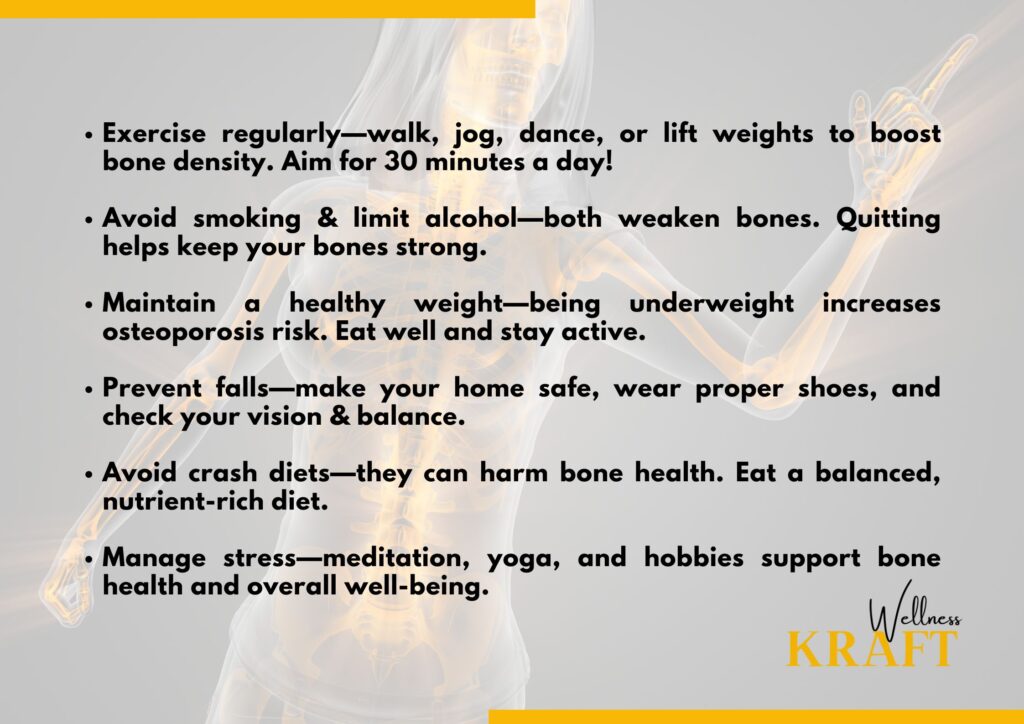
Making some changes to your lifestyle can do a lot to help you avoid osteoporosis and keep your bones strong. Women can help their bones stay healthy by doing these things every day. Here are some significant changes to your lifestyle to think about:
1. Regular exercise, like walking, jogging, dancing, or lifting weights, helps spur bone growth and improve bone density. Try to exercise for at least 30 minutes at a moderate level most days.
2. Don’t smoke, and don’t drink too much alcohol. Both can make bones weaker and increase the risk of osteoporosis. Quitting smoking and drinking less alcohol can help your bones stay healthy.
3. Maintain a healthy weight. Being underweight can increase your risk of osteoporosis. Eat a varied diet and exercise regularly to support good bone health.
4. Taking steps to prevent falls can significantly reduce the risk of fractures. Ensure your home is safe, put grab bars in the bathroom, wear the right shoes, and immediately address any problems with your vision or balance.
5. Avoid dieting too much. Crash diets and severely cutting calories can harm bone health. Eating a varied diet with the proper nutrients is essential for strong bones.
6. Manage your worries. Long-term stress can hurt the health of your bones. Incorporate stress management strategies like meditation, yoga, and hobbies to promote well-being.
How to Eat Well for Strong Bones
A healthy, well-balanced diet is one of the most important things you can do to avoid osteoporosis and keep your bones strong. Here are some essential nutrients to pay attention to for healthy bones:
1. Calcium: Calcium is one of the main things bones are made of. Dairy products, leafy green veggies, plant-based milk with added calcium, and, if needed, calcium supplements are all good ways to get calcium. Depending on age and gender, try to get between 1000 and 1200 mg of calcium every day.
2. Vitamin D: Vitamin D helps your body absorb calcium and supports healthy bones. Sunlight and fatty fish like salmon and mackerel are natural ways to get vitamin D. If you don’t get much sun, you may need a vitamin D pill.
3. Protein: Protein is crucial for bone growth and repair. To get the protein you need, eat lean meats, chicken, fish, beans, lentils, dairy, or alternatives made from plants.
4. Magnesium and vitamin K: Magnesium and vitamin K are essential for building and keeping healthy bones. Add things to your diet like nuts, seeds, whole grains, green, leafy veggies, and fermented soy products.
5. Limit your intake of sodium and caffeine: Too much sodium and caffeine can cause your body to lose calcium. Moderation is essential, so limit your consumption of processed food and drinks with caffeine.
By living a healthy lifestyle, exercising regularly, and eating a diet full of nutrients, women can significantly lower their risk of osteoporosis and keep their bones strong and healthy.
In the following parts, we will look at additional osteoporosis prevention and treatment interventions, such as calcium and vitamin D supplementation, routine bone density testing, and medications.
How exercise helps prevent osteoporosis
In addition to keeping strong and healthy bones, exercise is essential to osteoporosis prevention. Regular physical exercise helps stimulate bone growth, improve bone density, and strengthen bones. In terms of training for osteoporosis prevention, the following are some essential factors to take into account:
- Weight-Bearing Exercises: When you do weight-bearing exercises, you use your feet and legs to support your body weight. Walking, running, dancing, aerobics, and hiking are all good examples. These exercises help make new bones and increase their density.
- Resistance Training: Weights, resistance bands, or body weight can be used for strength training routines that help build and maintain bone density. Focus on activities like squats, lunges, push-ups, and lifting weights that work the major muscle groups.
- Balance and Posture Exercises: Balance and posture exercises, like yoga and tai chi, can help improve stability, lower the risk of falling, and keep bones healthy. These activities strengthen your core and help you keep your body straight.
- Flexibility and Range of Motion: Stretching and yoga are good examples of workouts that improve flexibility and range of motion, which can help improve mobility and lower the risk of breaking a bone from a fall.
- Frequency and length: Aim for at least 150 minutes of moderate-intensity aerobic movement per week, plus two or more days of strength training exercises that work for all major muscle groups. Talk to a healthcare worker or certified exercise specialist to determine your best exercise plan.
Remember to start slowly and slowly make your movements harder and longer over time. Before you begin a new exercise program, talk to your doctor or nurse if you have any health worries or limitations.
Supplements of calcium and vitamin D
Even though getting nutrients from a well-balanced diet is best, you may need calcium and vitamin D supplements to get the recommended daily amount for healthy bones. Here’s some information about these supplements:
- Calcium Supplements: Calcium supplements, such as calcium carbonate and calcium citrate. It’s essential to choose a vitamin that your body can easily use. The amount of calcium you should get daily depends on age and gender, but it’s usually between 1000 and 1200 mg. Talk to your healthcare provider to determine what kind of calcium vitamin is best for you.
- Supplements with vitamin D: Vitamin D helps the body receive calcium, essential for keeping bones healthy. Sunlight is a natural way to get vitamin D, but you might need to supplement based on your lifestyle and where you live. The amount of vitamin D you should get daily changes, but it is usually between 800 and 1000 international units (IU). Talk to your doctor or other healthcare source to determine how much vitamin D you should take.
It’s important to remember that supplements should only be taken with the help of a doctor or other healthcare worker. This ensures the correct amount is taken and reduces the risk of interactions with other medications.
Regular testing of bone density
Regular bone density testing, a dual-energy X-ray absorptiometry (DXA) scan, is essential to osteoporosis management. It helps determine the bone mineral density and the risk of breaking a bone. Here are some essential things to know about bone density testing:
Who Should Get Tested? Postmenopausal women and people with certain risk factors, like a history of fractures or a family history of osteoporosis, should think about getting a bone density test. Individual risk factors and suggestions from health care providers determine how frequently testing should be performed.
How it Works: During a DXA scan, a special X-ray machine measures certain bones’ mineral makeup and density, usually the hip and spine. The results are given as a T-score, which compares the bone density to that of a young adult in good health. Normal is a T-score of -1 or higher; osteopenia (low bone mass) is a T-score between -1 and -2.5; and osteoporosis is a T-2.5 or lower.
Benefits of Testing: Bone density testing helps determine who is at risk of breaking bones and what to do about it. It also enables healthcare providers to evaluate the effectiveness of preventive measures and track bone density changes over time.
Depending on your personal risk factors, you should talk to your healthcare provider about when and how frequently you should get bone density testing.
Medication for the Treatment of Osteoporosis
Sometimes, lifestyle changes, proper nutrition, and exercise alone may not be enough to prevent or treat osteoporosis. Medication may help increase bone density and lower the bone-breaking risk. In the treatment of osteoporosis, the following are some common medications:
1. Bisphosphonates: These drugs help reduce bone loss and reduce bone fracture risk by stopping bone breakdown. You can inject them into a vein or take them by mouth.
2. Selective Oestrogen Receptor Modulators (SERMs): SERMs work like estrogen in some tissues, like bones, but do not raise the risk of breast and uterine cancer. They help increase bone density and lower the risk of breaking them.
3. Hormone replacement therapy (HRT): Hormone replacement therapy (HRT) involves taking oestrogen and sometimes progesterone to replace hormones that drop during menopause. HRT can help slow bone loss and reduce the risk of bone breaking. It is usually suggested for women who are experiencing the symptoms of menopause.
4. RANK Ligand (RANKL) Inhibitors: RANKL inhibitors, like denosumab, stop bone loss by blocking a protein that helps break down bones. Every six months, you get a shot of them.
It’s important to remember that each person’s situation, medical background, and healthcare provider’s advice influence the choice of medicine. The effectiveness of treatment and possible side effects must be evaluated regularly through monitoring and follow-up appointments.
Key Takeaways
1. Prevention should be a top consideration because osteoporosis is a serious health issue for women.
2. The risk of osteoporosis increases with age, hormonal changes, family history, lifestyle choices, and medical conditions.
3. Lifestyle changes such as regular exercise, maintaining a healthy weight, not smoking or drinking too much, and handling stress can decrease the risk of osteoporosis.
4. you must eat a well-balanced diet with enough calcium, vitamin D, protein, magnesium, and vitamin K for strong bones.
5. Weight-bearing workouts, resistance training, and balance and posture exercises are all essential for maintaining bone density.
6. Regular bone density testing can help determine the best course of action and measure bone health.
7. People at high risk or with osteoporosis may be given medicines to improve bone density and lower the risk of bone fractures.
8. Bone density testing, diet, exercise, and, if necessary, medications can all be combined to improve bone health.
9. Women should talk to people who work in health care to get personalised help and suggestions.
10. Taking proactive steps to avoid and manage osteoporosis can lead to a healthier and more active lifestyle.
Frequently Asked Questions
-
FAQs
1. What is osteoporosis?
Osteoporosis is a disease that weakens bones, making them more fragile and likely to break. It happens when too much bone mass is lost or the body doesn’t make enough new bone.2. Who might be at risk for osteoporosis?
Due to a drop in oestrogen levels after menopause, women have a higher risk of getting osteoporosis than men. Other risk factors include being older than 50, having a family history of osteoporosis, being underweight, living a sedentary lifestyle, smoking, drinking too much alcohol, having certain medical conditions (like rheumatoid arthritis or hormonal disorders), or taking certain medications (like corticosteroids) for a long time.3. What changes to your lifestyle can help you avoid getting osteoporosis?
Some lifestyle changes that can help avoid osteoporosis include regularly doing weight-bearing, strength-training, and balance exercises. Also important are keeping a healthy weight, not smoking or drinking too much alcohol, and getting enough calcium and vitamin D through food or supplements. Keeping worry under control and not falling can also help with prevention.4. In the prevention of osteoporosis, what part does exercise play?
Exercise is essential for osteoporosis prevention by encouraging bone growth, increasing bone density, and increasing bone strength. Weight-bearing exercises like walking, jogging, and dancing, as well as strength-training routines, help maintain bone density. Balance and flexibility workouts can also help lower the risk of falling and breaking a bone.5. What should I eat to support strong bones?
To support strong bones, it’s essential to eat foods high in calcium, like dairy products, leafy green veggies, and foods fortified with calcium. Vitamin D is needed to absorb calcium, so it’s best to get it from fatty fish, dairy products with added vitamin D, and time in the sun. Getting enough protein, calcium, and vitamin K is essential for healthy bones.6. How often should I get a test of my bone density?
Individual risk factors and healthcare provider suggestions determine the frequency of bone density testing. Elderly women and people with certain risk factors may be told to get a bone density test every one to two years or as their healthcare provider tells them to.7. For the treatment of osteoporosis, are any medications available?
Several medications are available for treating it. Bisphosphonates, selective oestrogen receptor modulators (SERMs), hormone replacement therapy (HRT), and RANKL inhibitors are all standard options. The choice of medicine depends on the person’s situation and what their healthcare provider suggests.8. Do osteoporosis medications have any side effects?
Osteoporosis medications can have side effects like any other medication. Talking to your healthcare provider about the benefits and risks is essential. Depending on the medicine, side effects can include stomach problems, pain in muscles or joints, hot flashes, or even rare problems like jaw osteonecrosis.
9. Can osteoporosis go away on its own?
Even though osteoporosis can’t be fully cured, catching it early and getting the proper treatment can help slow bone loss, improve bone density, and lower the risk of breaking a bone. Taking preventive steps and following treatment plans can make a big difference in bone health and quality of life.10. Can guys develop osteoporosis?
Even though it is usually more common in women, guys can also get it. Men are more likely to get osteoporosis if they are older, have low testosterone levels, smoke, drink too much alcohol, have some medical issues, or take certain medications. In general, osteoporosis prevention and treatment strategies for guys are the same as those for women.
Concluding Thoughts
In conclusion, it is essential for women at risk to make osteoporosis prevention and treatment a top priority. By knowing what makes them more likely to get it, like hormonal changes, age, family history, body composition, food, lifestyle choices, medical conditions, and medications, women can figure out if they are at risk and take steps to lower it.
Lifestyle changes greatly aid in the prevention of osteoporosis. Maintaining a healthy body weight, preventing falls, handling stress, and engaging in regular exercise are all essential habits to develop. These lifestyle changes improve overall health and contribute to bone health.
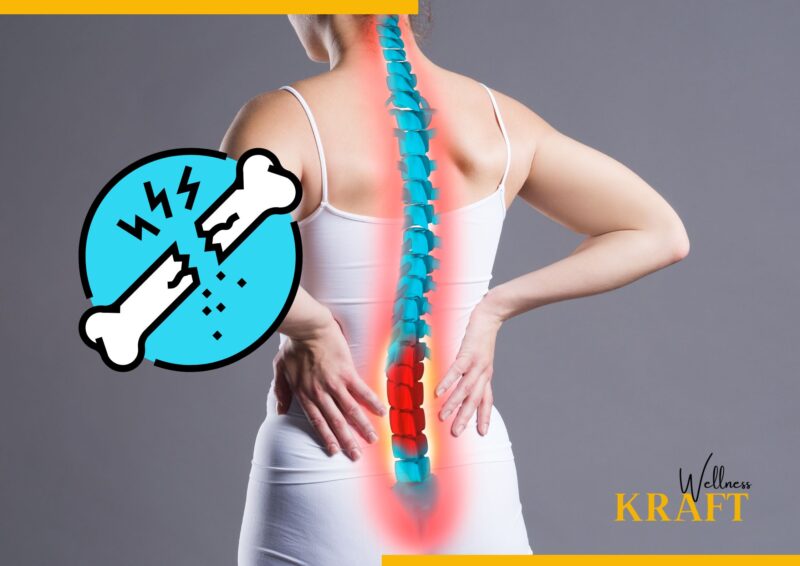
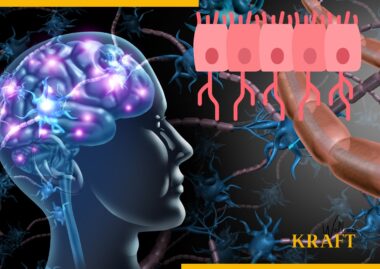
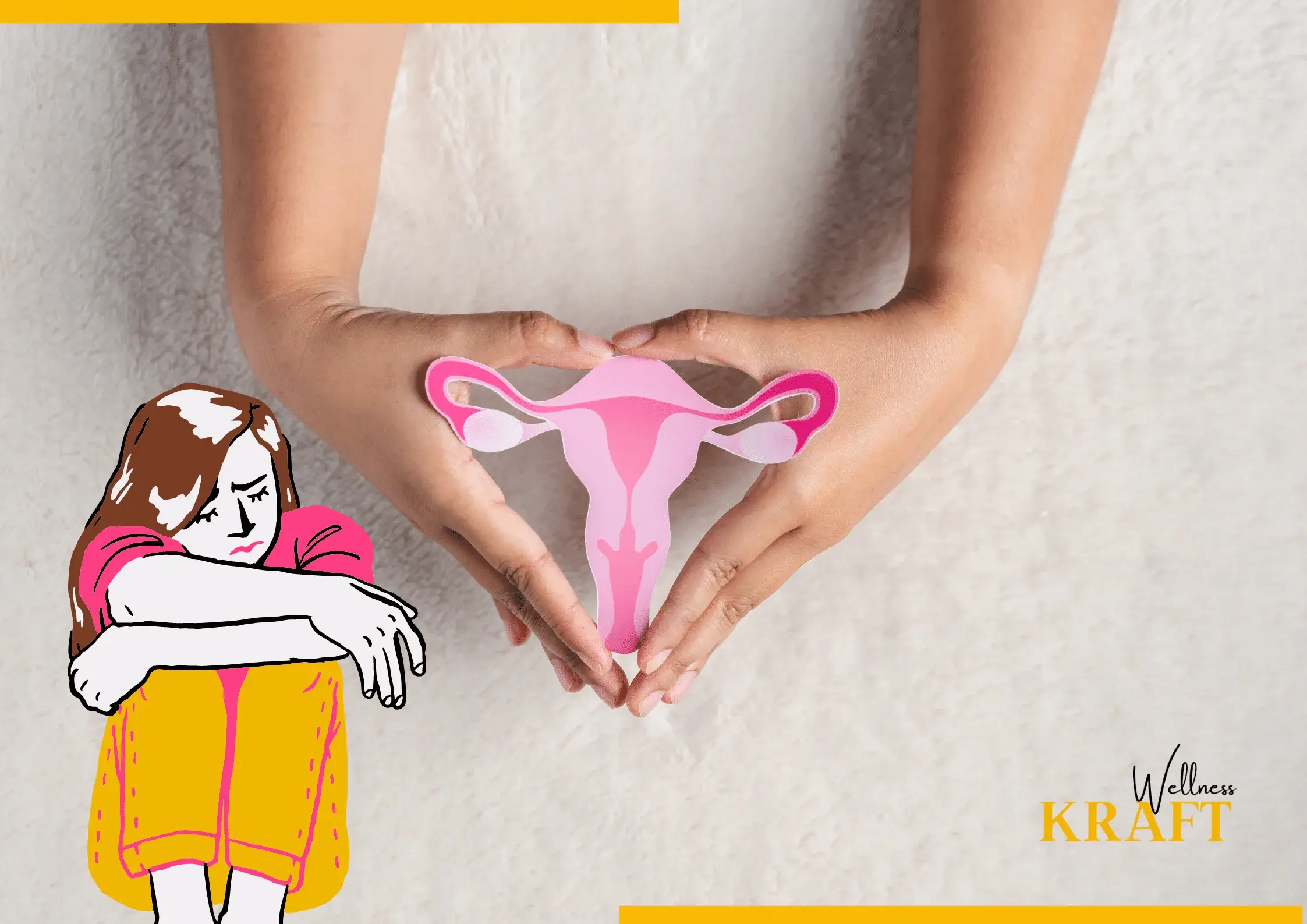




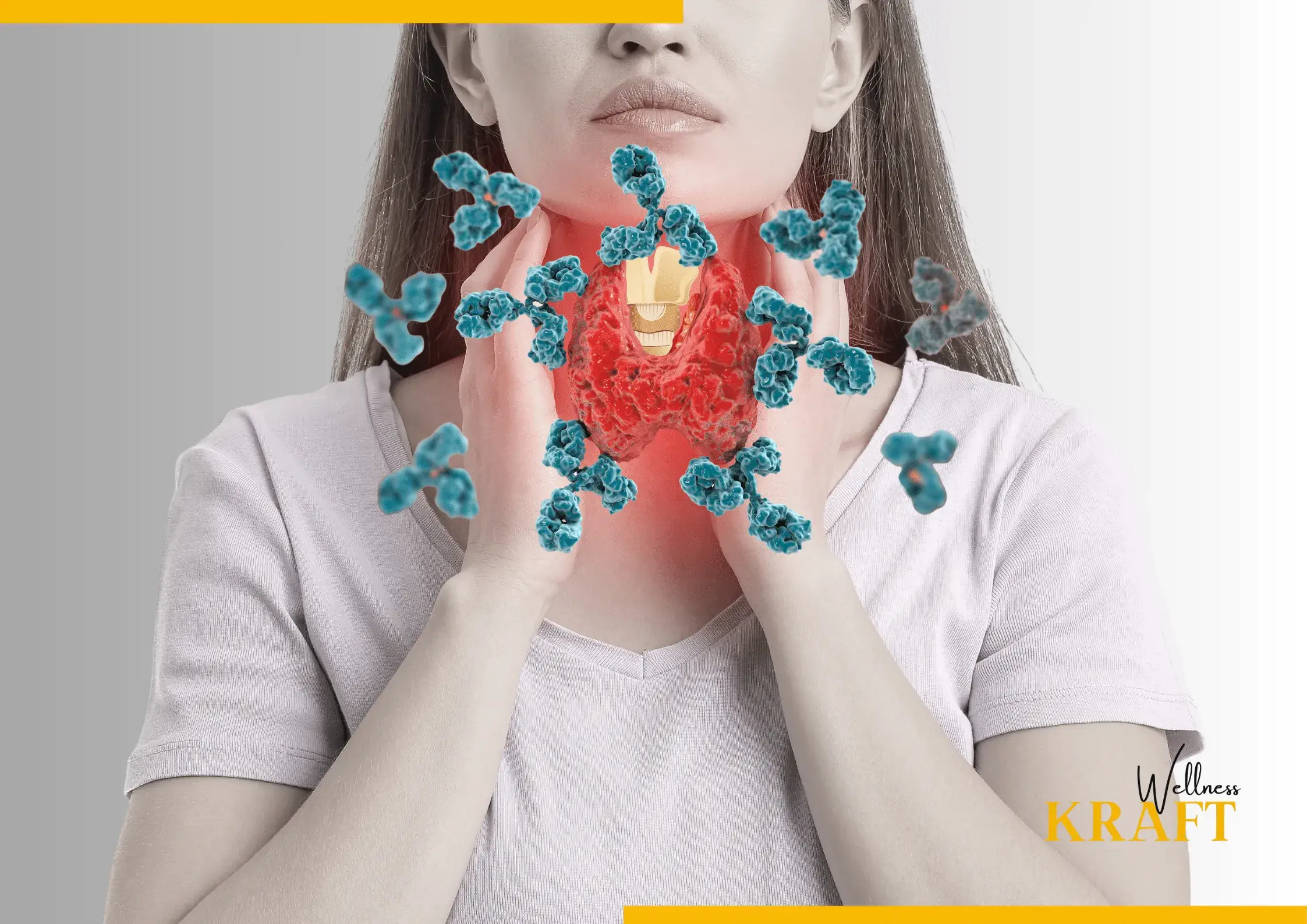


2 comments
excellent post, very informative. I wonder why the opposite experts of this sector
don’t notice this. You must proceed your writing. I am confident, you have a huge readers’ base already!
Good https://is.gd/tpjNyL